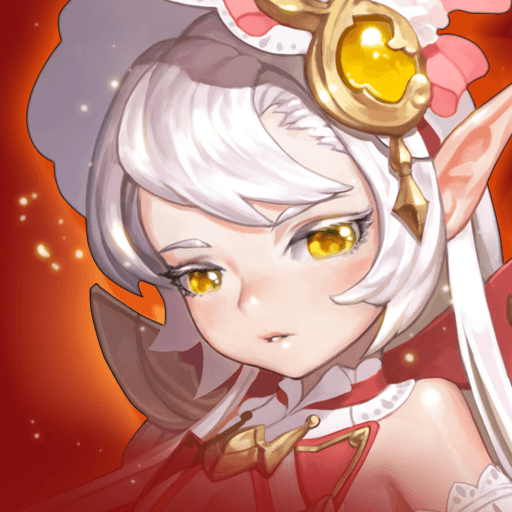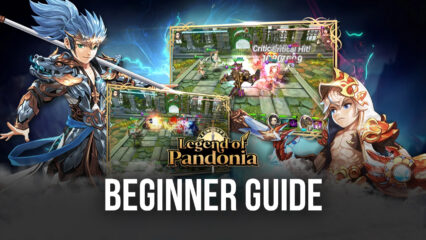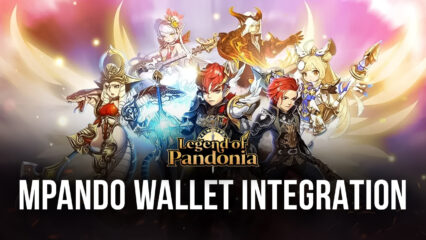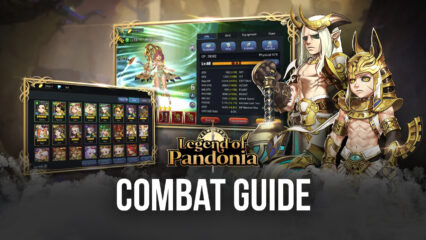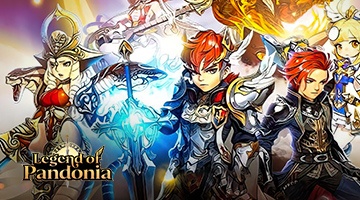Legends of Pandonia - Team Building Guide
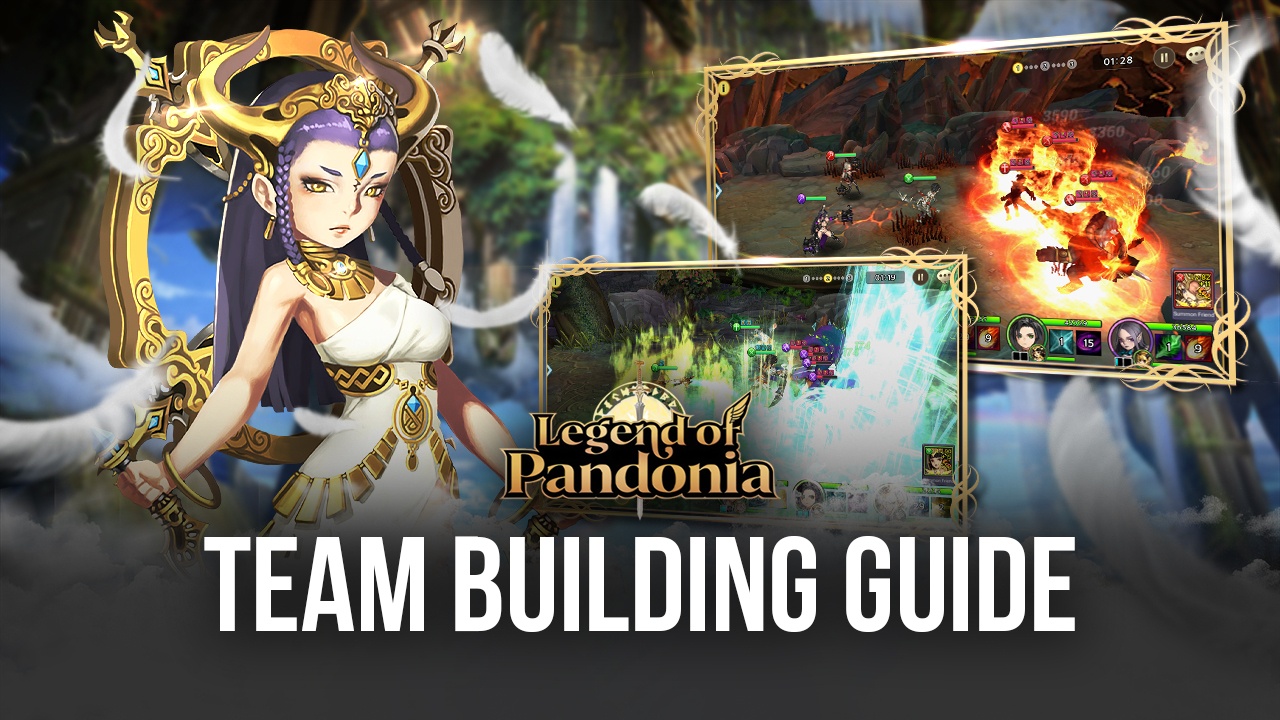
Knowledge about Team Building is a vital skill to have in Legend of Pandonia. The game introduces so many heroes that it’s almost impossible to choose which ones would make a great addition to the team if you have no experience playing games like these in the past. Each hero has a unique trait and classification that would make it easier to narrow down which characters would work best if combined with another character. That’s what we’ll explain in this Team Building guide.
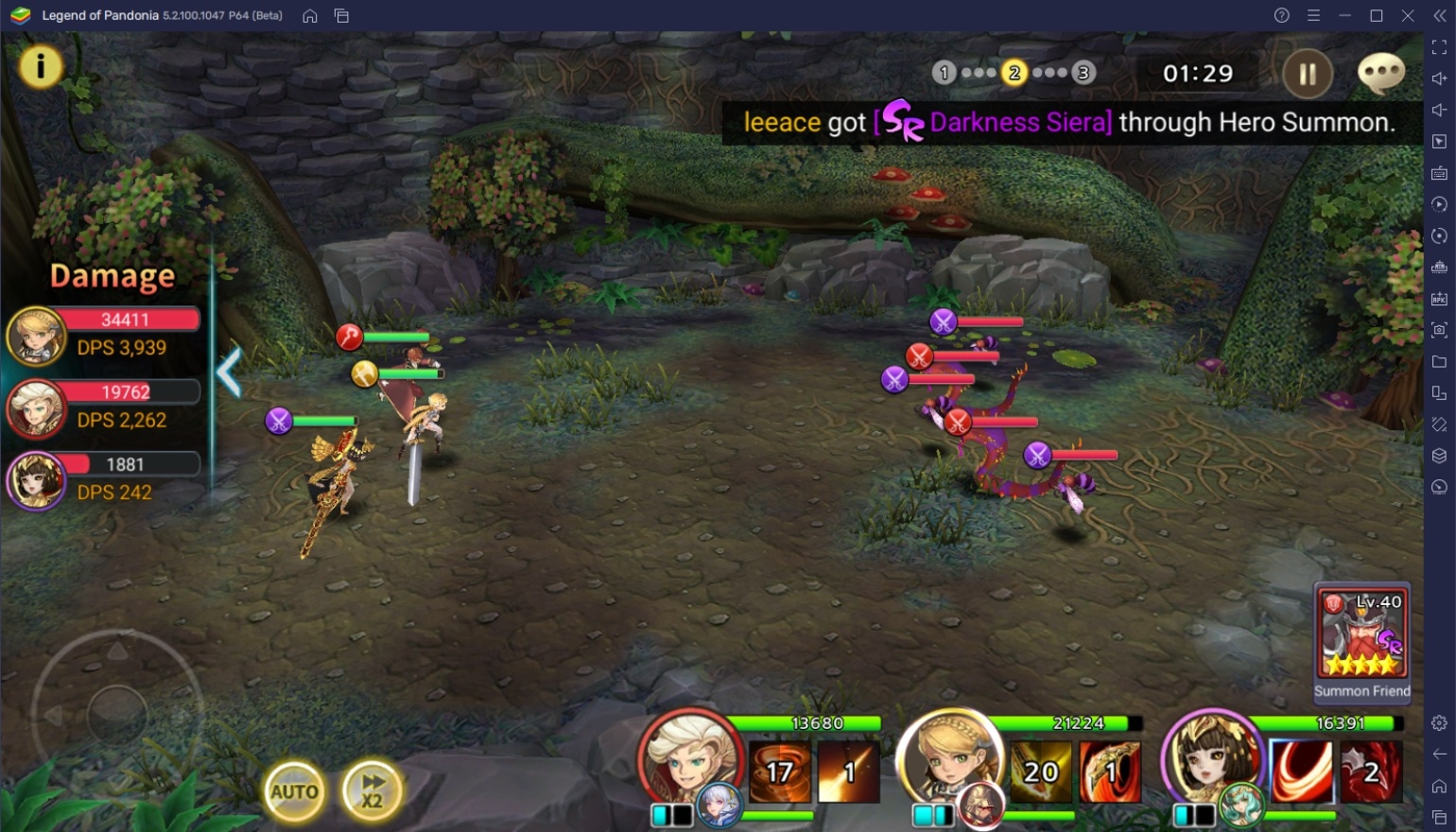
Building a team requires knowledge of the different parts of a character. Heroes are designed in a way that prevents players from just placing in anybody they think looks cool without it affecting the team’s efficiency in combat. Whether it’s for PvE or PvP, it’s essential to build a strong team that can defeat all the opponents they’ll face. Once you’ve understood the different aspects of what to consider in Team Building, you can create the perfect team without assistance.
Class & Roles
Class and roles refer to the hero’s assigned weapon type classification. This is the most important thing to consider when building a team because players would rather not have more than two of the same classes on the same team to diversify the damage that they deal. Each class has a specific role to play, so it’s pretty simple to build a team. For example, guardian class heroes are expected to play as tanks and soak a lot of damage for their teammates while the other heroes can freely deal damage.
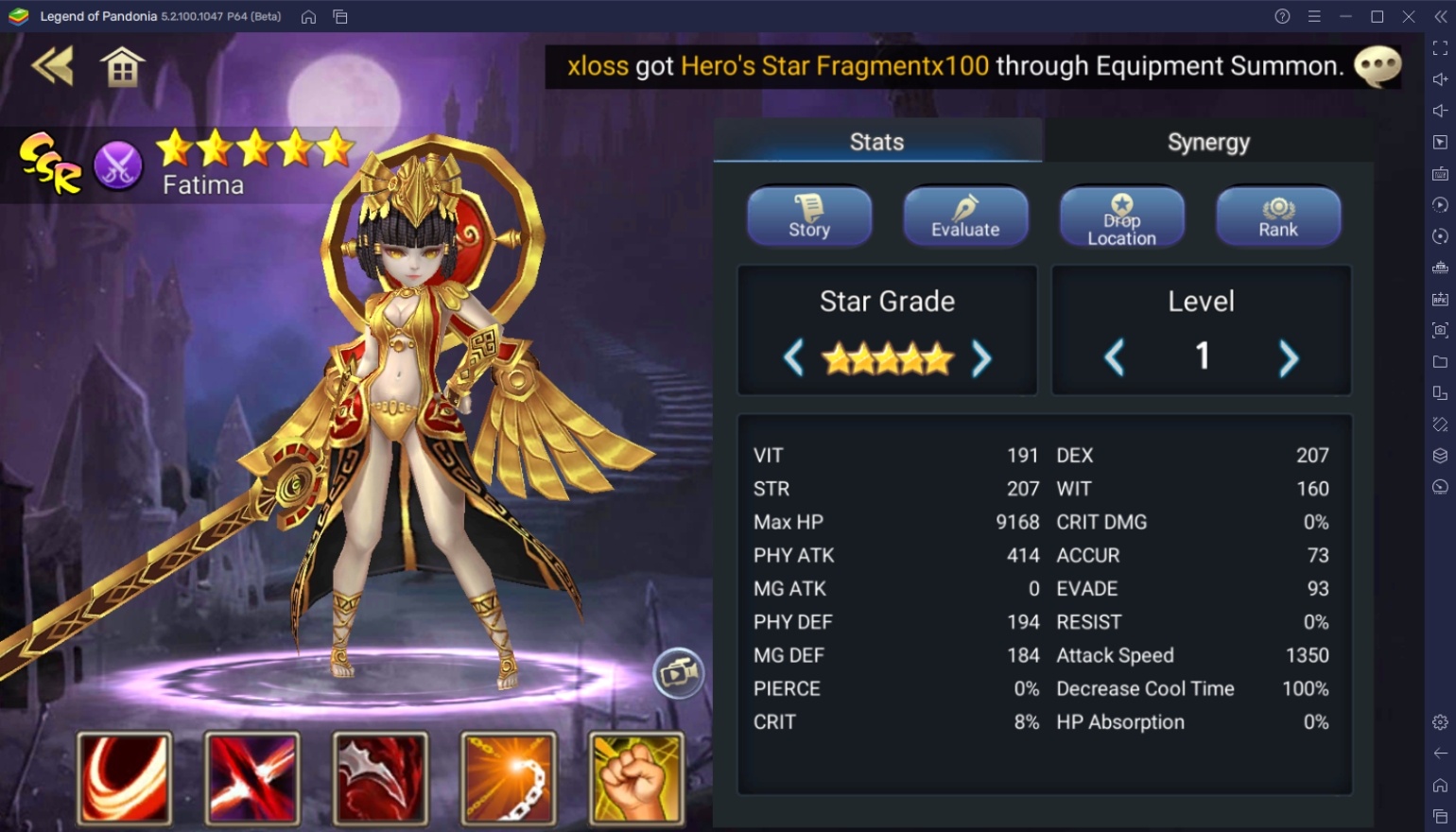
Legend of Pandonia has a diverse lineup of classes. Ideally, players want to have two tanks, one healer, and a balance between magic, dex, and strength damage dealers to have coverage if a specific monster has more robust defenses against a particular type of damage. It’s crucial to include tanks and healers because they allow the team to survive. Without them, the team will easily crumble apart and make it easier for opponents to tear through your team without trouble.
Elemental Affinity
Elemental affinity is as the name suggests. There are five elements in Legend of Pandonia which are fire, water, wind, light, and dark. As we’ve mentioned in our Beginners’ Guide, a hero can either have a single elemental affinity or multiple elemental affinities despite being the same character with the same class/role. Each element is strong against the other and weak against another. Water is strong against fire, fire is strong against wind, and wind is strong against water. Light and dark are both strong against each other.
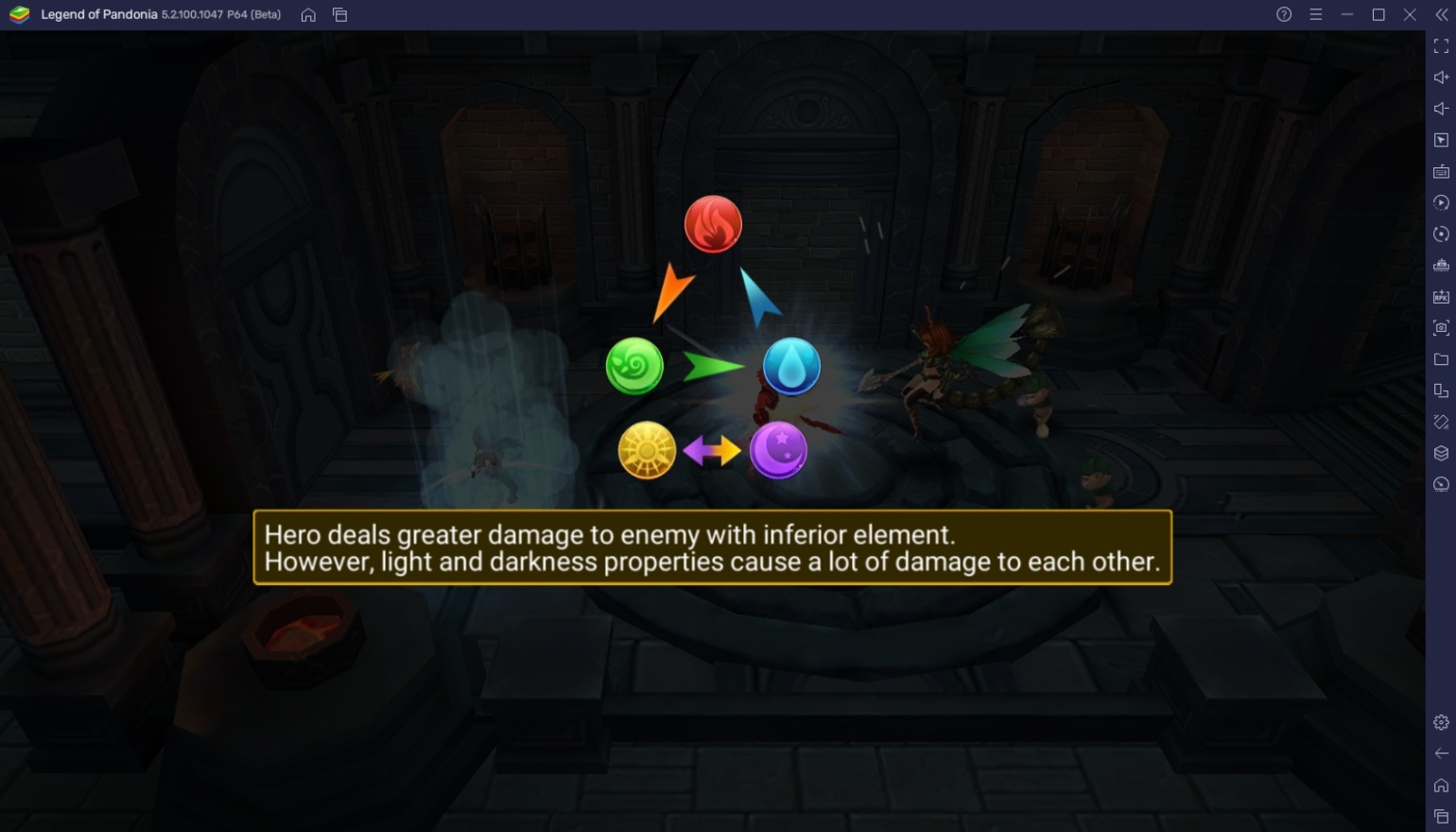
It’s essential to have one of each element when building a team. This is because there are monsters who have strong resistance to elements that they are weak against. In addition, it makes it difficult for players in the PvP arena to target your team by adding more heroes that have strong matchups against yours. It’s a good idea to diversify your roster and have backup heroes that can be added in case you’re facing an elemental specialty stage or fighting against an opponent with a mono-element lineup.
Damage Type
Damage type refers to how the hero deals damage. There are multiple types of damage dealers in the game, with a few examples being single-target front row, AoE, single-target front row, back row AoE, and more. Remember that we discussed classes and roles to highlight the importance of how a tank soaks damage while a healer keeps the party alive. If a player can somehow assassinate the healer in the back row while avoiding the tank in the front, then victory is almost assured.
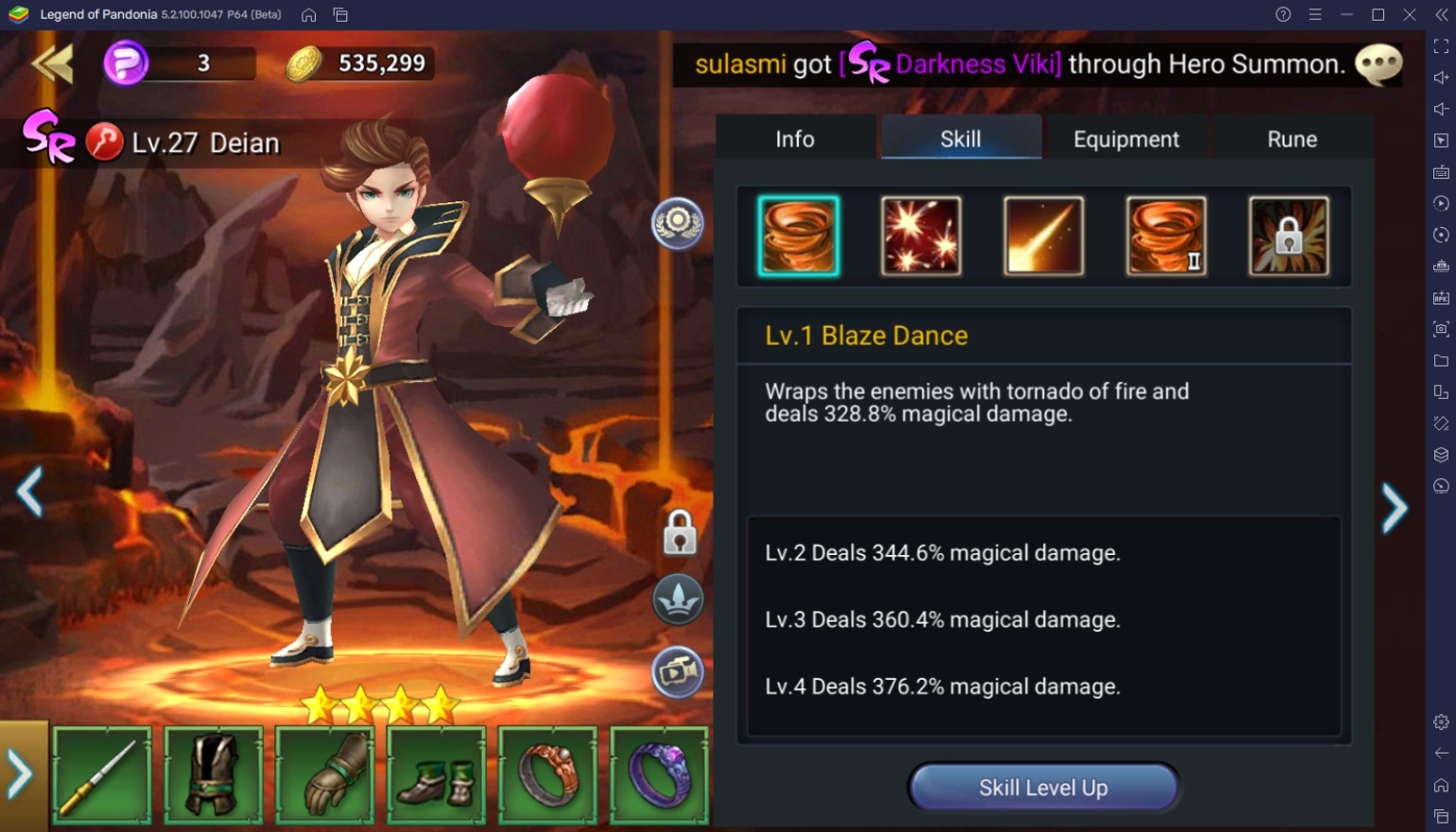
To check what kind of damage your heroes do, take them on a mission and observe their attack pattern. It’s not good to have too many single-target attackers because your team will have a hard time against big waves of monsters. On the contrary, it’s wrong to have too many AoE attackers because your team will have difficulty fighting big bosses. Learn to balance both, including the type of damage they do to the opponent to maximize combat efficiency.
Rarity & Base Stats
One major factor in building your team is looking at the rarity and base stats of your hero. This may sound silly, but it’s an undeniable fact that SSR units are valuable additions to your team regardless of their class, role, elemental affinity, or damage type. The only bad thing about gacha games is that high rarity units are always prioritized over lower rarity units simply because they were designed to be better and more essential to add to the team compared regardless of their type.
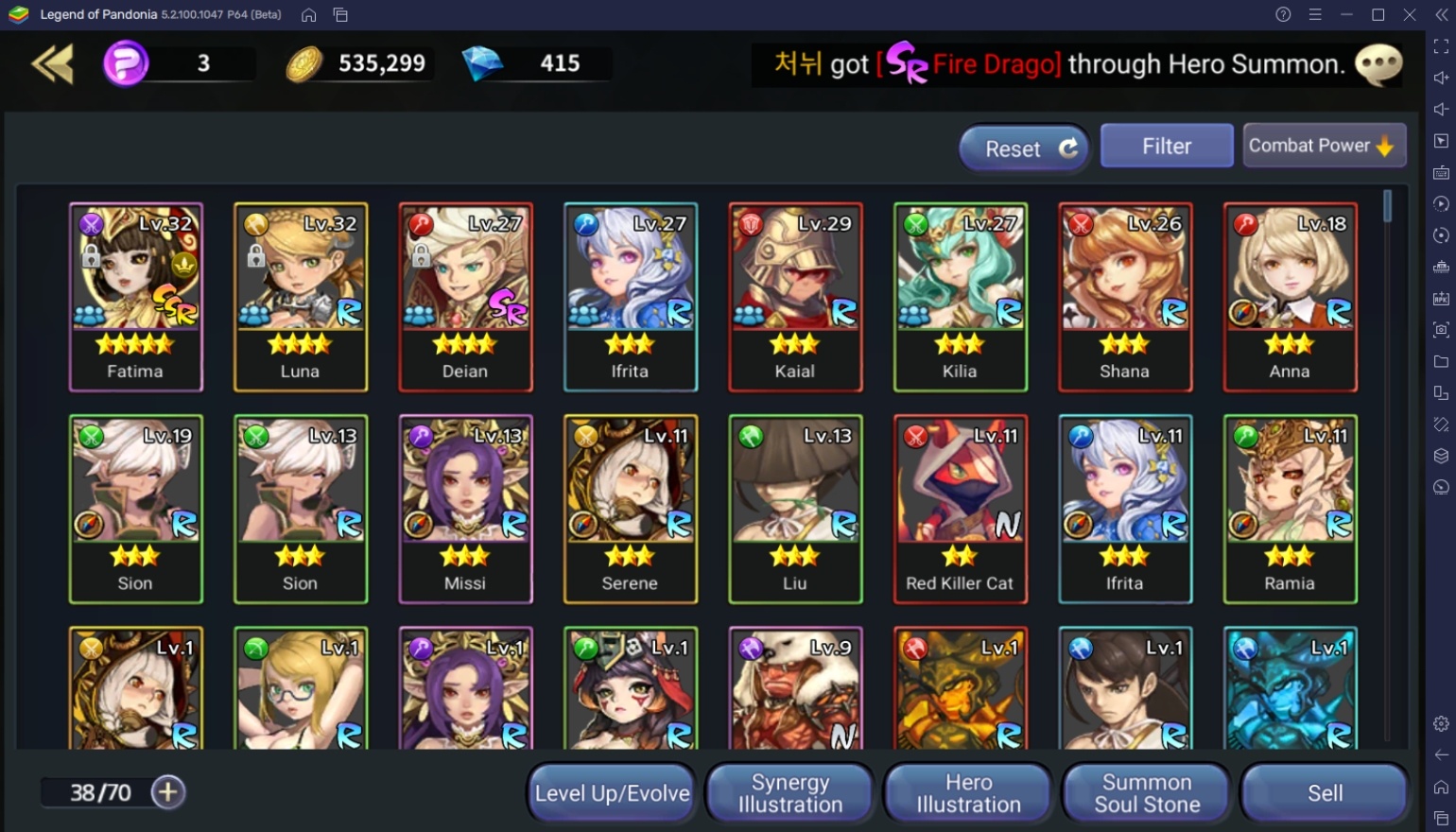
That doesn’t nullify the previous aspects of team building that we’ve discussed. For example, if you have 2 SSR units that are both healers, there’s no point in having both classes on the same team because they have higher rarities. However, if you have the chance to add a higher rarity unit, it’s always advisable to include those heroes rather than the ones you have now. Heroes that are manually evolved to 5-stars will still be inferior to natural 5-star units, so there’s no workaround to this fact.
Switch Partners
A unique game mechanic in Legend of Pandonia is the tag system. The party consists of six members, but only three heroes are allowed to be active simultaneously. This will enable players to keep their important units safe or shuffle between damage types and elements depending on the opponent. Naturally, players want to plan which heroes are great to have as a starting member and which heroes will do better at a certain point in the game by assigning which order heroes come out.
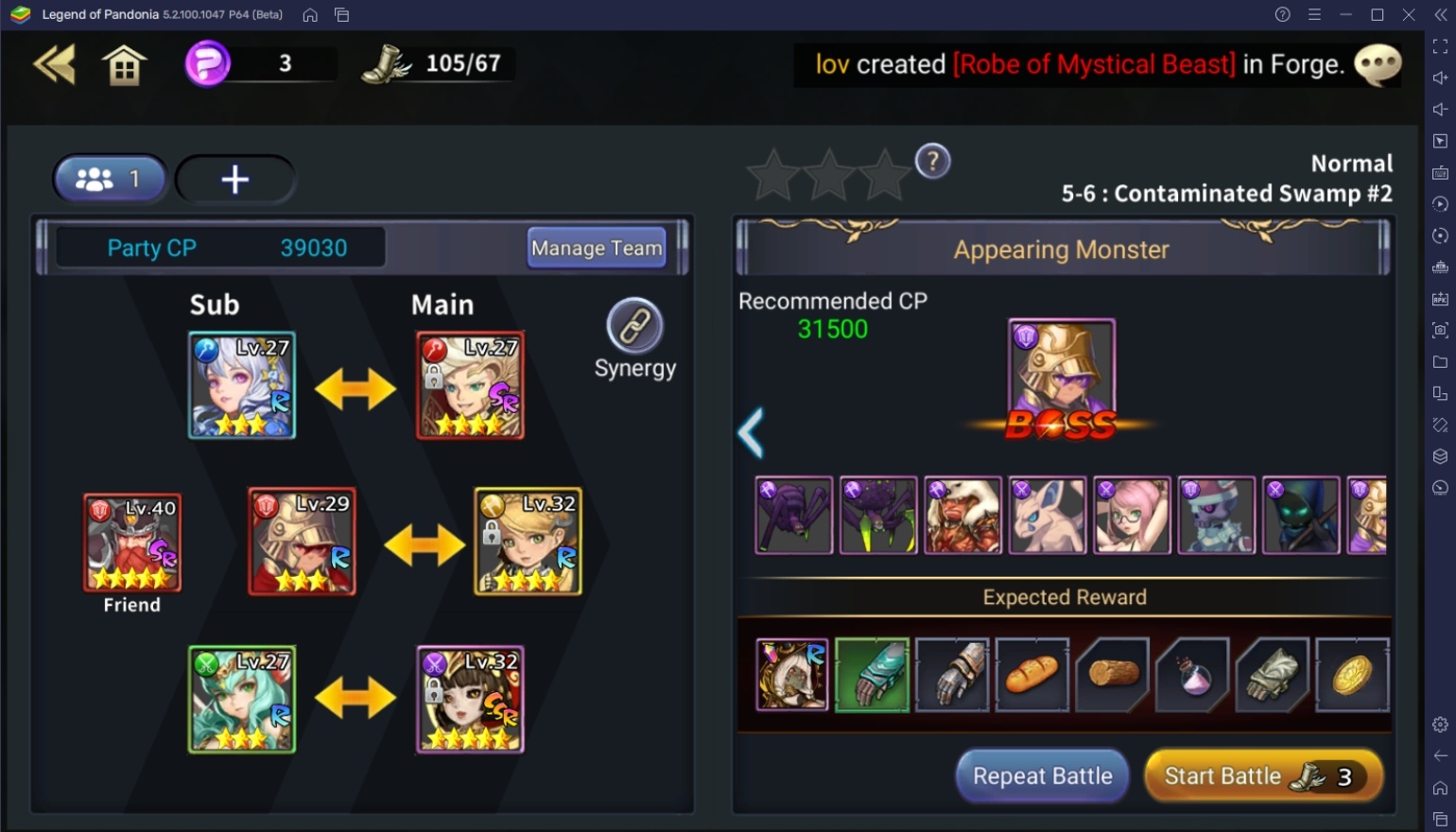
A good strategy is having your healer as a switch partner in the back row. Tanks should have another tank as their switch partner to shuffle the damage they take and heal up while the other is taking over their role. Physical single target damage dealers should switch with magic AoE damage dealers, while single target magic damage dealers should switch with physical AoE damage dealers. These combinations ensure a balance in the type of damage being dealt with at all times.

